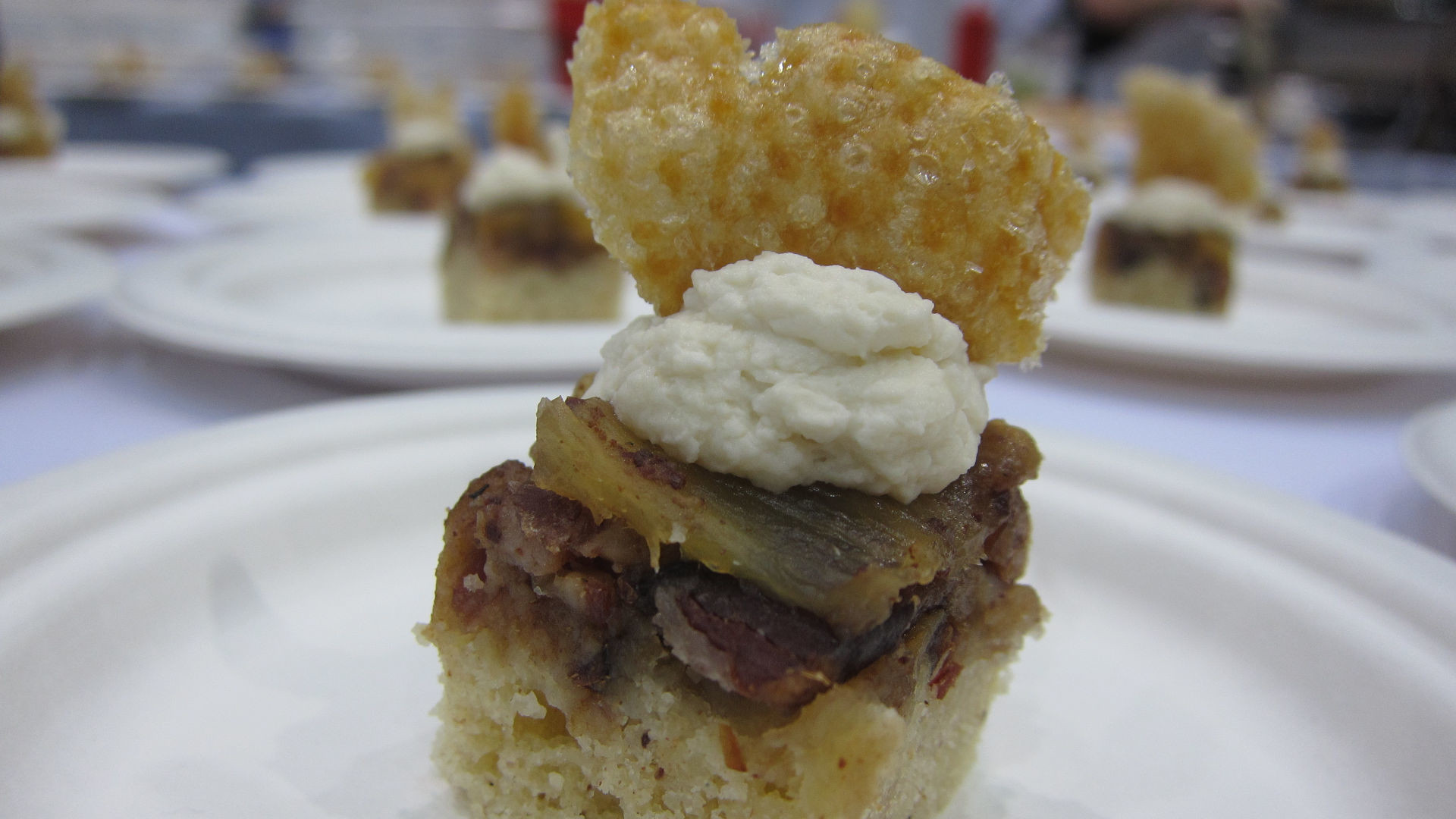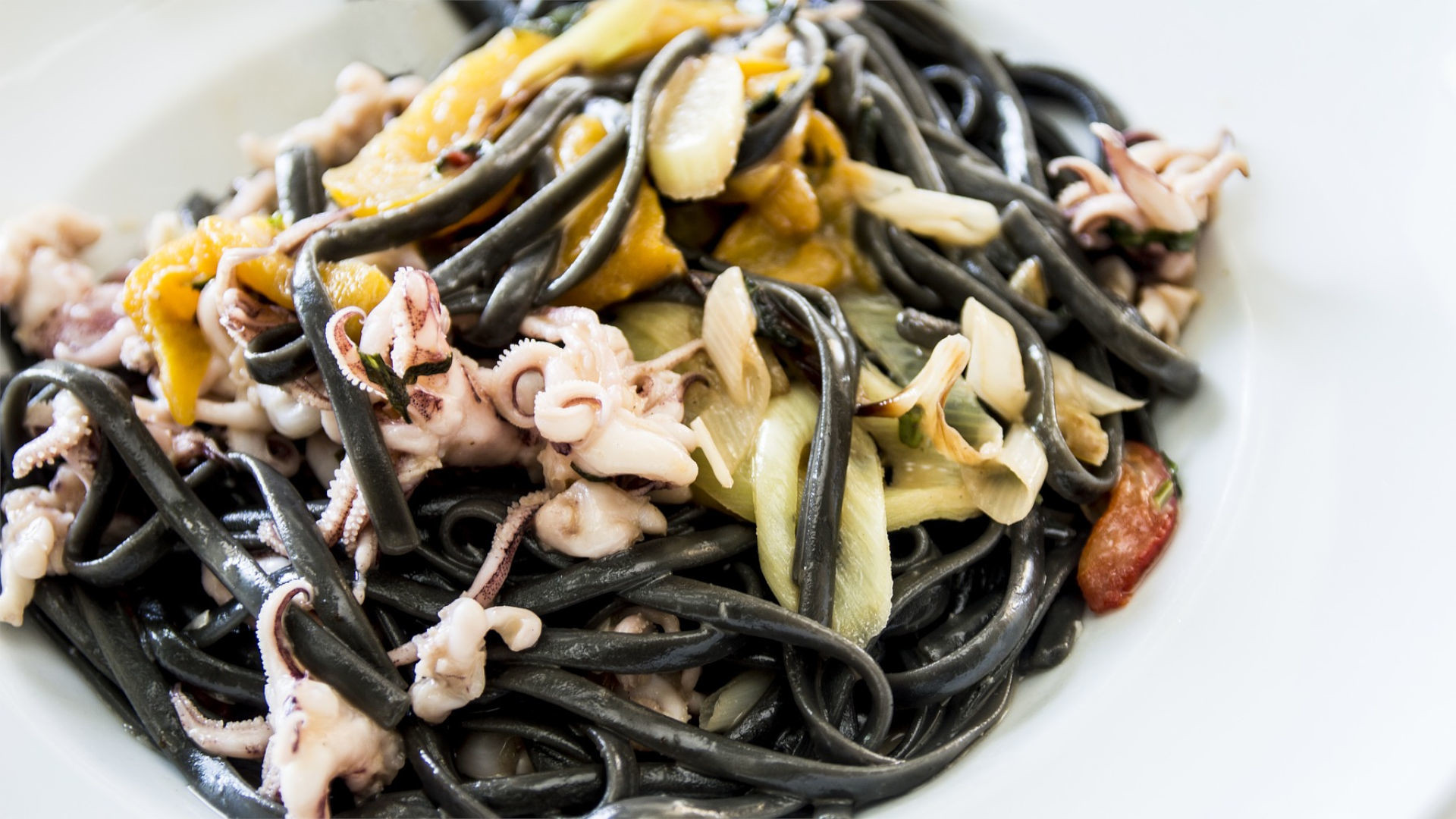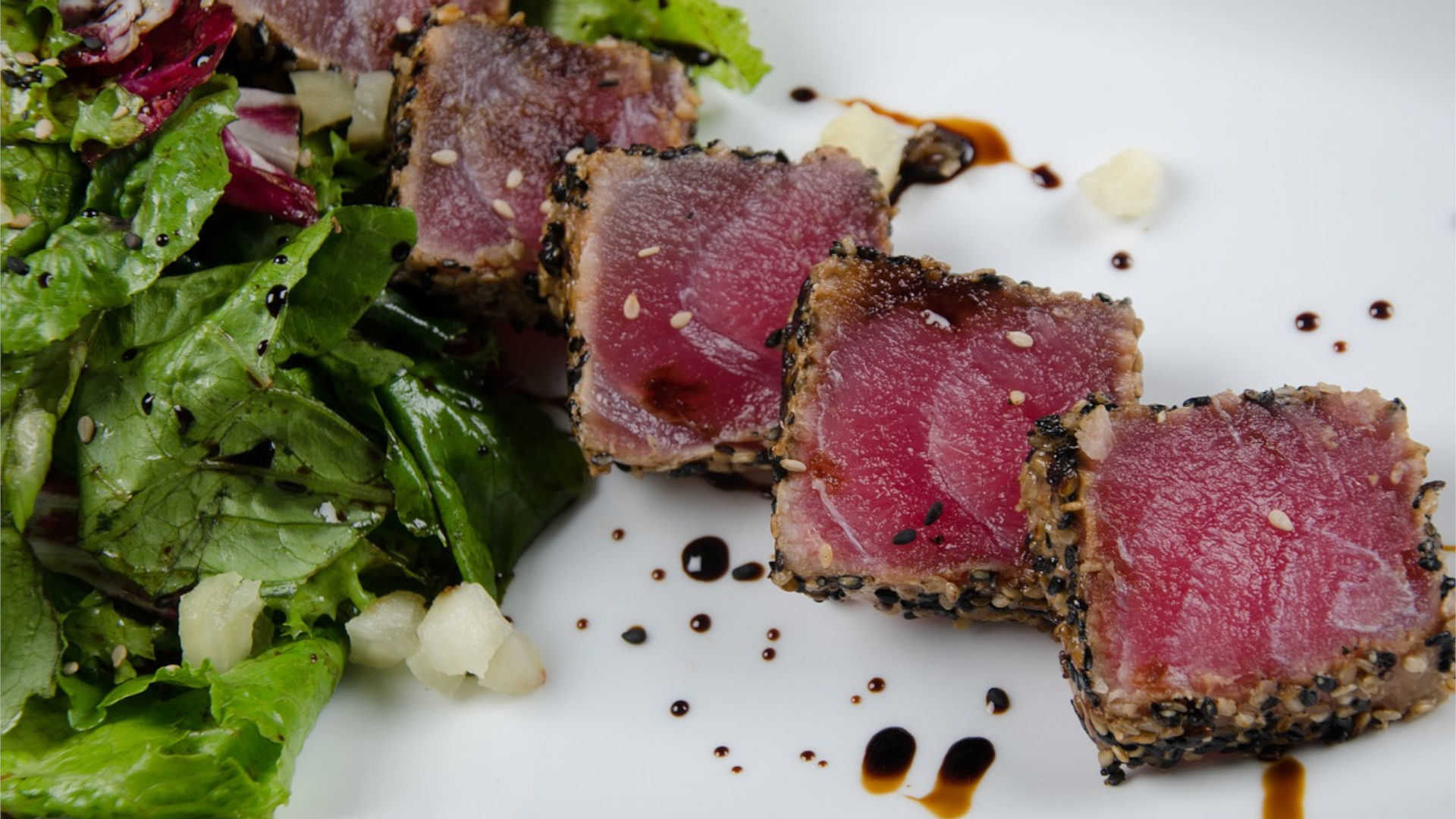Today we’ll write a little about the food and wine of one of our favorite Italian cities: Venice. Unique in every aspect, including its culinary tradition.
Treasured the world over for its romantic views and stunning architecture, the historic city of Venice also offers plenty of pleasant diversions for the culinary-minded traveler.
Venetian cuisine is not to be shoved under the generic “Italian food” umbrella. The city’s smoothly accented seafood, pasta, cicchetti and dozens of other dishes, as well as its trademarks wines, are very much their own tradition. If you want to enjoy the truly Venetian experience, then, while strolling the city’s winding streets, pop into a bacaro and ask for… what’s on display. Or pop into a restaurant and ask one of the following classics. In fact…
Bacaro vs RestaurantVenice is unique in the amount of eateries that can be found all around the city. Famous all over Italy yet unique to this town, the bacari (plural of bacaro) are a must experience of Venice. Yet, to the eye of a “newby in Venetian things”, many bacari may go completely unnoticed. We promise to talk more about these places where we’ve spent some of the best (and tastiest) moments when in town. But that would take a whole new blog post. Therefore, for the time being, we’ll just give you a very short introduction. When in Venice, you can choose to eat in a classic restaurant, or opt for the more informal and uniquely Venetian bacaro. You can recognize a bacaro because of the tiny space, no cover nor cutlets on the tables (when there are tables), and because of a glass case displaying the various cicchetti: traditional Venetian snacks, to be eaten while sipping a glass of wine or a spritz. In fact, the main reason for the existence of a bacaro is wine, often served in plain glasses. Around lunchtime or dinner, one or two specialties of the day may be served: usually traditional dishes. Therefore, choose a bacaro if you want to enjoy a truly Venetian ambience while sipping a local wine and enjoying a light meal – many locals speak English and in a bacaro you have a good chance to encounter people who live in town. If you’re lucky, you may enjoy a conversation with a local. Sit in a restaurant if you’re looking for a full meal. Of course, during our
Walking Tour of Venice we take you into both restaurants and
bacari. And we promise that, when we’ll write about bacari, we’ll also tell you more about cicchetti, the traditional Venetian snacks: a whole world to discover.
 Bigoli in Salsa
Bigoli in Salsa
No, wheat noodles are not exclusive to American health-food stores – Venetians rely on them heavily, in fact. Take Bigoli in salsa, for example, a dish often featuring in Walking Palates Progressive Dinner. This “classic” features whole-wheat bigoli noodles (something like a very thick spaghetti), onion and (a lot of) anchovies, making a sauce (in Italian: salsa, hence the name Bigoli in a Sauce). Sometimes they, or sardines, are also offered whole on the side or on top of the pasta. Simple and delicious. Found mostly in restaurants, not in bacari.
Baccalà mantecato alla VenezianaThis is a typical
cicchetto that you should find in any real
bacaro: cod fish cooked in milk and used as a spread on bread. Perfect if paired with a dry white wine. A few restaurants serve it. Baccalà is dried North Sea cod fish imported from Scandinavian countries, and is considered a delicacy in Italy, where every region has its own recipe to enjoy it adapting to the local taste and ingredients. In Rome it is prepared on Christmas Eve with pine nuts, tomato pulp, raisins and pepper. In Naples, you can find delicious small cube of deep fried baccalà as an appetizer, or a main dish based of big chunks cooked in a tomato sauce. Sicilians prefer it with capers and olives.
In Veneto region baccalà is usually
mantecato, which means cooked and treated to obtain a somehow homogeneous paste. Each area of Veneto region, though, has it its own way to make it mantecato. You may find it
alla Veneziana (Venice style),
alla Vicentina (Vicenza-style: Vicenza is a cute town about one hour north of Venice) and so on. We love them all!
The wines
This is another topic that deserves a whole post for itself. Because the Venice region, with its large plains and hills, rich of waters coming from the Alps, gives to the world almost 20% of the entire production of Italian wines, and more than a fourth of the production of whites of all of Italy. There are more than 80 different kinds of wine from this region, half of which are protected, typical or guaranteed kinds, including the famous Prosecco… Check out our post about the different labeling of Italian wines. Or, while waiting for our post on the great wines from Veneto region, check the list on Wikipedia of what they make with local grapes, to understand why at Walking Palates we say, almost every day, thank you Veneto region!
Fegato alla Veneziana – Venitian-style liver
Ask a local about classic dishes, and you’re bound to hear mention of
Fegato alla Veneziana, which is the Venetian version of liver and onions. This dish, which usually features calf’s liver steeped in a tempting mixture of olive oil, vinegar, wine, and onions, is both delicious and nutritionally dense.
Risotto (or Spaghetti) al nero di seppia – Squid ink spaghetti or risotto

A classic coming in two variants – spaghetti or risotto – the squid ink recipes are popular in many parts of Italy. Yet everybody agrees that only two cities can claim to have fathered it, because the dish is mentioned in ancient records in relation to both places: Catania (the marvelous city in Sicily) and Venice. The two versions differ in a few, important details. In Sicily they add cherry tomatoes, while in Venice it is “total black!”, as locals would proudly say. Also, the venetian version prefers bigoli over spaghetti, and uses more white wine than its Sicilian twin. Don’t ask if we prefer one or the other, because we love them both too much.
Sarde in SaorFans of the highly succulent will find delight in a sample of Sarde in Saor, a dish that pairs fried sardines, caramelized onions (a lot of them), raisins, pine nuts and of course extra virgin olive oil and vinegar together to create an incredibly colourful flavour profile. This is no fast food fix: achieving the best flavour and texture requires marinating overnight and cooking for a couple of hours. The dish was born as a way to preserve fish: in fact, Sarde in Saor can stay outside the fridge for many days. Best served with slices of white polenta.
Rixi e Bixi (aka Risi e Bisi) – Rice and peas
Probably the most famous Venetian dish across Italy. When the Venetians are strapped for cash (or time), they make rixi e bixi, which just means “rice and peas.” Don’t let the simplicity of this dish fool you – plenty of Venetian flare can be added, such as diced prosciutto or pancetta. In addition to great company and classic Venetian fair, of course, no meal is truly complete without a bubbly accompaniment. If you want to “do as the Venetians do,” to adopt their neighbouring city’s saying, make sure to try a DOCG Prosecco like the ones that we offer on Walking Palates Food Tour and Progressive Dinner.
InnovationVenice has always been a city open to the world. A city of skilful merchants who travelled far and brought back new flavours, fashions, styles and technological innovations. This happened for instance with coffee, introduced to mainland Europe thanks to Venetian merchants, who started enjoying the beverage because of their vibrant trade with the Middle East. By the way, the first European coffee house was opened in Venice in 1645, and the oldest still working coffee house in Europe (and possibly in the world) can also be visited in Venice – watch out for the prices though! The city still today is open to the world, for a number of reasons: for the millions of tourists visiting the city every year from all over the world, and thanks to thousands of foreigners or Italians from other regions who have settled here. But above all, because of the local culture, traditionally curious and open to what is new and from abroad, yet without abandoning nor forgetting traditions and roots. Venetians statistically travel more than the average Italians and are usually perceived as liberal in other parts of Italy. Well, in terms of food, this means that in Venetians restaurants you may find many interesting forms of innovations: from recipes coming from far away that you wouldn’t expect in a family-run Italian restaurant, to fusion dishes that may mix, say, Japanese recipes with Italian ingredients. In Venice we recently tasted a Tataki Tuna coated with roasted local seeds and served on wild rucola and other local bitter herbs, topped with balsamic vinegar and olive oil, We simply loooooved it. Look out for innovative dishes in Venetian restaurant’s menus: most of the time they are worth trying!

One final piece of advice. The greatest thing about Venice’s adorned dishes and smooth, fragrant wines is their effortless appeal to the sense of smell. To that end, you don’t need to get stressed out if you can’t remember exactly which dishes you wanted to try – simply follow your nose!
Arrivederci!

